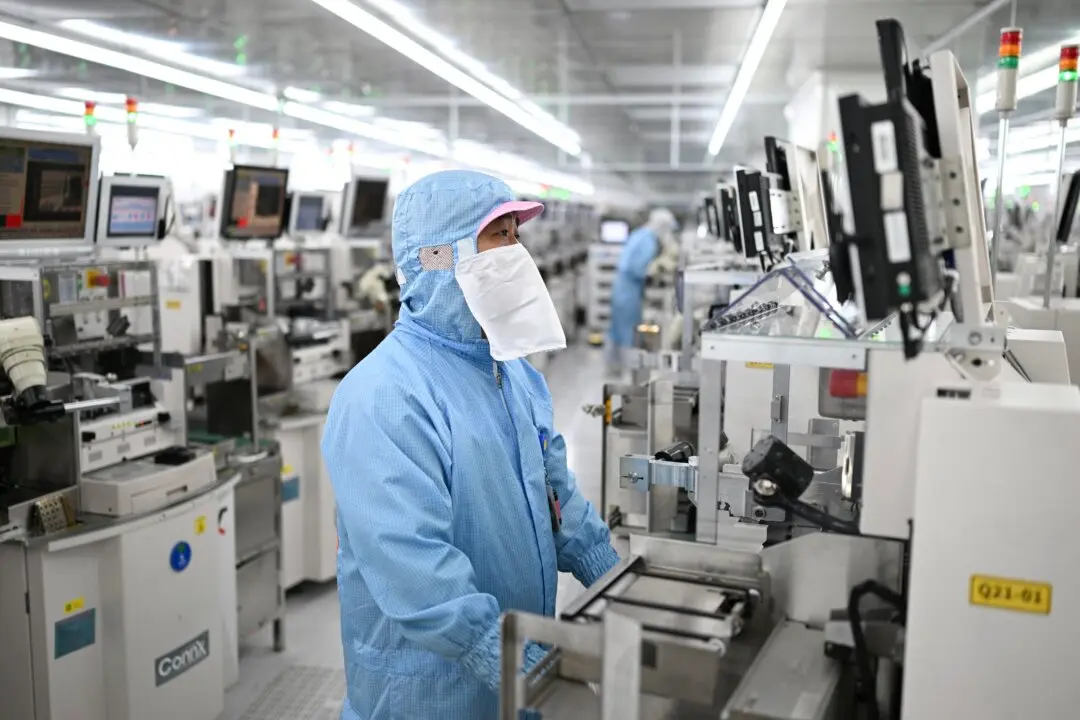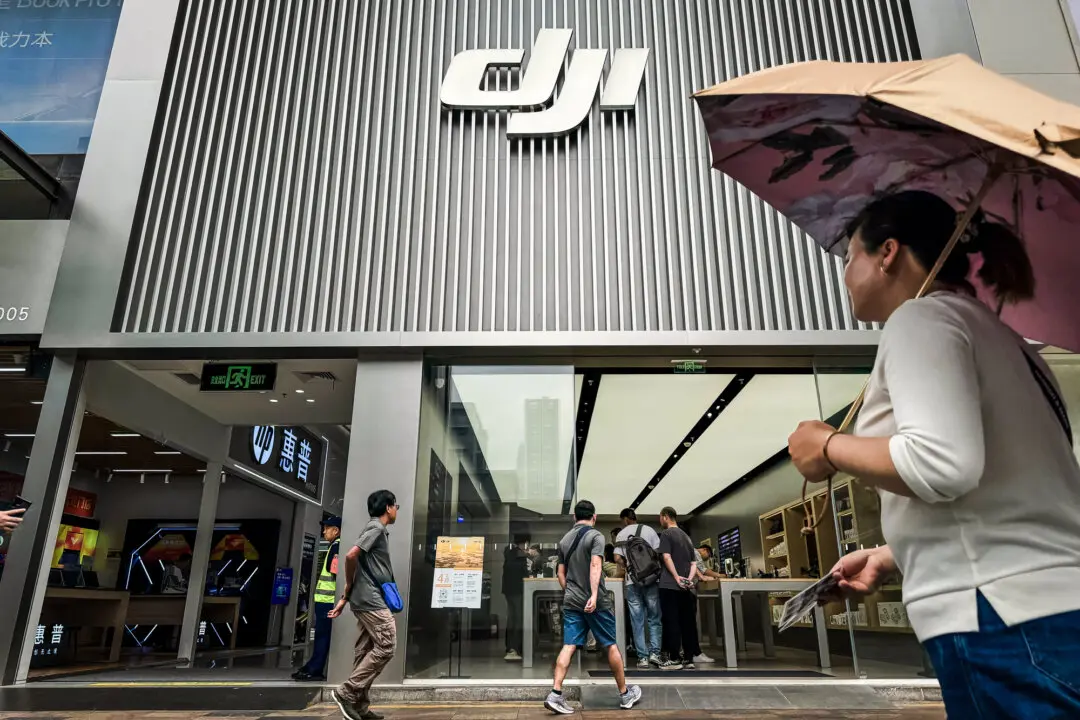SAN FRANCISCO—A group of citizens, pedestrian advocates, and SFMTA engineers (San Francisco Municipal Transportation Authority) walk down Sixth Street and get stopped by a police officer.
“This isn’t the best place to do this [tour],” he says to the group, walking across the street from the recently opened Sixth Street substation.
But that’s precisely why the group is there.
Sixth Street from Market Street to Howard Street is considered highly unsafe. For one, it has seen the highest number of fatal injuries caused by motor vehicle collisions from 2005 to 2009, and the SFMTA is collecting community input to consider redesign of the street, to make it safer for pedestrians.
“My brother lived here for a long time, I lived with him for a period of time … and he always said Sixth Street will never change,” says Sheila Malkind, board member of Walk San Francisco (WalkSF) and currently a Castro resident.
Others disagree, saying the area has seen a dramatic change since the police substation opened mid-Sixth Street earlier this year.
This Sixth Street improvements project comes as a part of the 2010 mayor’s directive to improve pedestrian safety, which is still in the information-gathering stage.
The SFMTA will apply for grant funding from Proposition K, which was approved in 2003 to fund transit-related projects and programs through sales tax. The goal, according to SFMTA engineer Kenneth Kwong, is to be able to present the community with a number of options for street redesign by this summer.
“What we’d really like to see here is wider sidewalks,” said Elizabeth Stampe, executive director of WalkSF. Many have suggested modeling Sixth Street in a similar fashion to Valencia Street, which saw wider sidewalks and changes in traffic-light timing in an effort to slow traffic.
Another thing Stampe would like to see is “road diets.”
“They take a road that’s kind of fat, like Sixth Street, which has a lot of lanes, and they reduce the number of travel lanes,” Stampe said. “What happens when you do that is that cars travel slower.”
However, people have voiced the concern that pedestrians play a bigger role in the safety issue as a whole, which the SFMTA would not be able to focus on. Another reason many consider the area unsafe has to do with loitering. Sixth Street from Market to Howard has a large number of single-room-occupancy hotels, and many tenants have mental health problems. Some people have raised the concern that what needs to change is who is on these sidewalks.
“It’s too easy, instinctively, to state that it’s always the drivers,” said John Alex Lowell, vice chair of the Pedestrian Safety Advisory Committee. “There’s mutual responsibility and accountability that we all have.”
Sixth Street leads into Highway 280, and “if someone’s turning off [the alley], they’ll speed up without being aware, so they’ll peel out. Unfortunately, in that moment there might be someone in the neighborhood who’s on narcotics who stumbles out,” Lowell said.
Stampe says that while there are a number of people with mental illnesses, “there’s probably not a lot the City can do to change the behavior of these people.”
“People already know that if they’re walking and a car is coming they could get hit. That education is not necessary,” Stampe said. “But when you’re supposed to yield to pedestrians while driving—that’s something a lot of drivers don’t know.”
Slowing the vehicles that pass through is a priority if the goal is to reduce fatal collisions.
“If you get hit by a car going 30 [mph], you’re six times more likely to get killed than if the car is going 20 [mph],” Stampe said. “There will always be some collisions, but we can determine whether [the pedestrian] gets up and walks.”
Rules like when to yield and penalties for not yielding aren’t clear to a surprisingly large number of drivers, Stampe says. For example, it’s legal to cross corner-to-corner in the middle of a longer block broken up by alleys, but some of Sixth Street have no crosswalks painted on, so drivers don’t yield to pedestrians crossing.
The long blocks and irregular traffic also lead to a lot of jaywalking, observed police officer Julio Barlow. “What we’re going to try to do is try to get a crosswalk here,” Barlow said. “The storeowner [of Sonoma Market], he’s insisting on putting crosswalks across the street, for safety purposes.”
Among the SFMTA’s suggestions are sidewalk widening at corners (“bulb-outs”), medians, new and re-timed traffic signals, and lane reduction.
Damon Curtis, SFMTA engineer, is optimistic that street redesign, which could include beautifying alleys and sidewalk areas, will lead to an atmosphere change.
“[You can] widen sidewalks so businesses put more tables and chairs out here, where people can dine,” Curtis suggests. “You’ve basically got to provide an opportunity for businesses to thrive, and so more people want to live here—and then that changes the whole dynamic.”




